Rewilding the Fertile Crescent, the concept and practice and what happened during the first week of the Farsi EDE

Gaia Education Certified Trainer Pupak Haghighi recounts the story of the first EDE in Iran within the context of the emerging call for rewilding the Fertile Crescent.
By Pupak Haghighi
The word ‘rewilding’ has been increasingly gaining popularity in the Western World over the last two decades. Hidden in the story of rewilding, though is a world of devastation. Perhaps we don’t need to linger on why we need to rewild the Fertile Crescent. Let us turn our attention instead to why we choose to say ‘Fertile Crescent’ rather than ‘Middle East’ and how we could begin to tackle this frontier task for humanity.
How could we contribute our bit to the healing and rewilding this devastated part of the world?
‘Fertile Crescent’ was popularised by University of Chicago archeologist James Henry Breasted in 1914, when he coined down the terminology. However ‘Middle East’ superseded in our modern parlance. These days the Middle East has become a locked region of irreconcilable conflicts, wars, and desolation. It feels like there is no hope to resolve our land and society’s multiple afflictions in the Middle East. The Fertile Crescent, on the other hand conjures a place with a memory of fertile lands, of brotherhood and hope for the future.
A frontier question for us is how could the Fertile Crescent be healed and restored again? There are a 1001 answers to that question. Inspired by the Arabian Nights, a collection of tales from our part of the world depicting the transformation of an ill-stricken and cruel Sultan to a compassionate husband and ruler by the intervention of a sure-hearted storyteller Scheherezad, we have a native design pattern to build on to heal our lands.
With thanks to May East’s excellent facilitation during our Earth Healing Webinar series in 2016, an answer to our quest to ‘manifest the dream of our region’ appeared and formed as 1001 Earth Healing Acts. This is a platform for members to explore their dreams and commit to 1001 acts. Each act is an expression of our love and intent for rewilding the Fertile Crescent. The acts we commit to could be as simple as watching the sunrise (perhaps with a friend?) 1001 times. The cumulative waves of our actions will have a tangible effect to rewild our desolate lands in the Fertile Crescent.
One story of the 1001 Healing Stories we are glad to share with you is that of the very first EDE taking place in the village of Darabkola in Northern Iran. The inaugural week in December started with 13 participants. The design process began with the ecological dimension. What people enjoyed most was the practical making of compost and building a small dog-house with super-adobe, using the material available immediately to the local environment and all the while referring to the Persian architect Khalil Jalili’s research on eco-domes. The dome shape of the building is strong and alive in the cultural memory of the region and one that the participants resonated with.


0 comments
Leave a comment